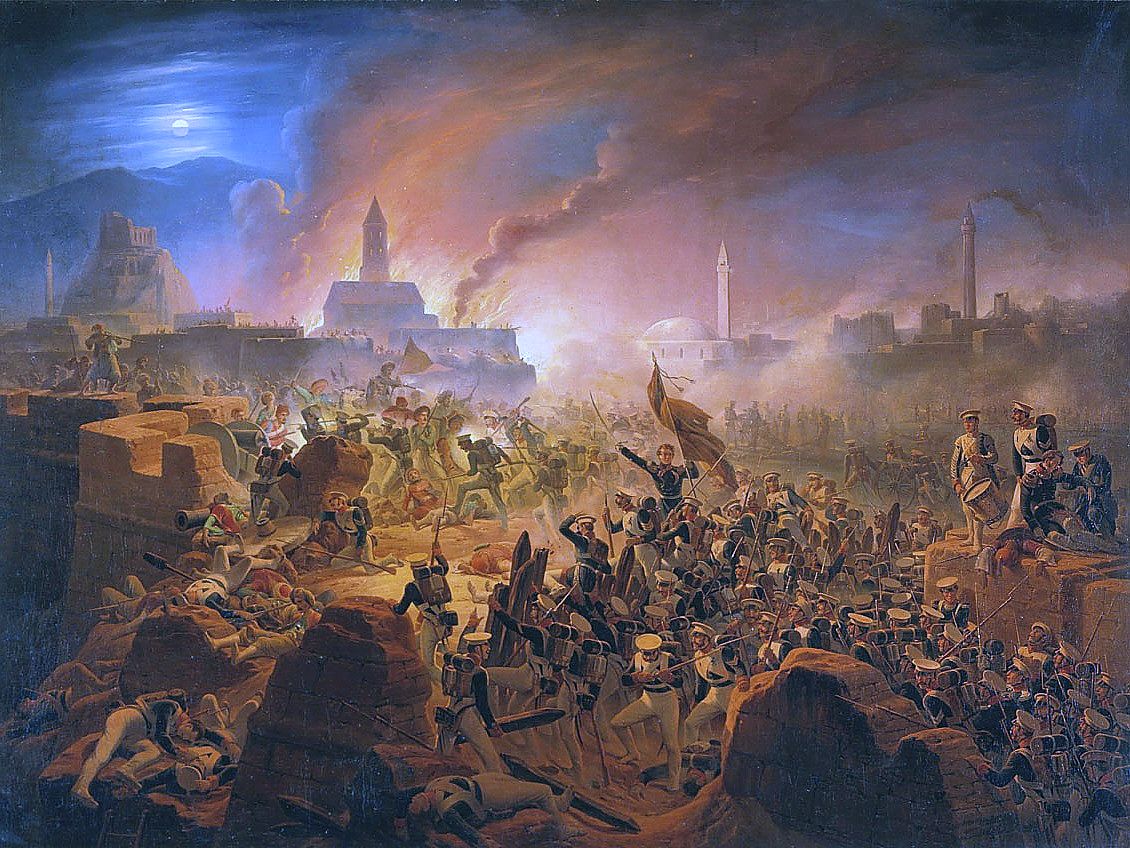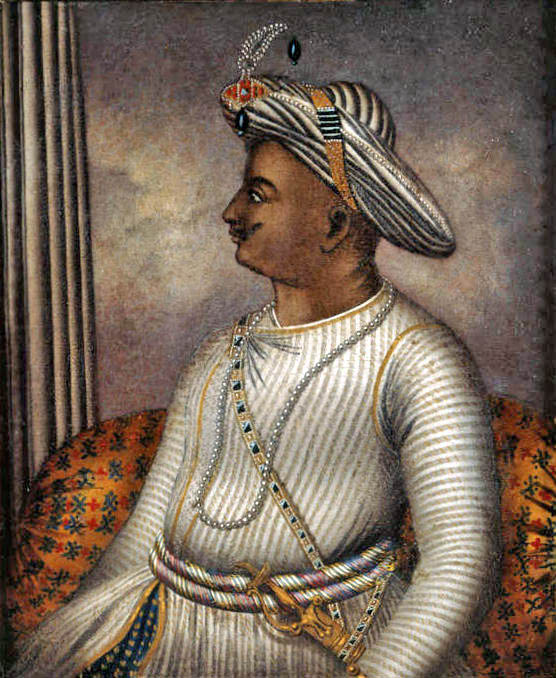|
Carl Fredrik Bagge Af Söderby
Carl Fredrik Bagge af Söderby (October 23, 1750 – December 31, 1828) was a Swedish military officer and colonial administrator who served as governor of Saint Barthélemy from 1790 to 1795, the only Swedish colony at the time. Biography Bagge was born in Järpås, Västergötland, to Jean Georg Bagge af Söderby, an army major, and his wife Maria Sofia Juliana (née Friedenreich). The family belonged to the untitled nobility. He travelled with an East Indiaman as a non-commissioned officer to Guangzhou in 1765–66. He was later promoted to lieutenant of the Admiralty in 1773 and awarded the Order of the Sword in 1783. In 1786, Bagge first arrived in Saint Barthélemy on the merchant brig ''Antonetta'' and was soon appointed harbour master by governor Rajalin. At this time, he had also attained the rank of captain of the Admiralty. Governor of Saint Barthélemy Bagge was appointed governor on 3 February 1790 and formally took up his duties on 6 June the same year. He bou ... [...More Info...] [...Related Items...] OR: [Wikipedia] [Google] [Baidu] |
Saint Barthélemy
Saint Barthélemy, officially the Collectivité territoriale de Saint-Barthélemy, also known as St. Barts (English) or St. Barth (French), is an overseas collectivity of France in the Caribbean. The island lies about southeast of the island of Saint Martin (island), Saint Martin; it is northeast of the Dutch islands of Saba (island), Saba and Sint Eustatius, as well as north of the independent country of Saint Kitts and Nevis. Saint Barthélemy was for many years a French commune forming part of Guadeloupe, which is an overseas region and department of France. In 2003 the island voted in favour of secession from Guadeloupe to form a separate overseas collectivity (, abbreviated to ) of France. The collectivity is one of four territories among the Leeward Islands in the northeastern Caribbean that make up the French West Indies, along with Collectivity of Saint Martin, Saint Martin, Guadeloupe ( southeast) and Martinique. A volcanic island fully encircled by shallow reefs, S ... [...More Info...] [...Related Items...] OR: [Wikipedia] [Google] [Baidu] |
18th-century Swedish Nobility
The 18th century lasted from 1 January 1701 (represented by the Roman numerals MDCCI) to 31 December 1800 (MDCCC). During the 18th century, elements of Enlightenment thinking culminated in the Atlantic Revolutions. Revolutions began to challenge the legitimacy of monarchical and aristocratic power structures. The Industrial Revolution began mid-century, leading to radical changes in human society and the environment. The European colonization of the Americas and other parts of the world intensified and associated mass migrations of people grew in size as part of the Age of Sail. During the century, slave trading expanded across the shores of the Atlantic Ocean, while declining in Russia and China. Western historians have occasionally defined the 18th century otherwise for the purposes of their work. For example, the "short" 18th century may be defined as 1715–1789, denoting the period of time between the death of Louis XIV of France and the start of the French Revolution ... [...More Info...] [...Related Items...] OR: [Wikipedia] [Google] [Baidu] |
1828 Deaths
Events January–March * January 4 – Jean Baptiste Gay, vicomte de Martignac succeeds the Jean-Baptiste de Villèle, Comte de Villèle, as Prime Minister of France. * January 8 – The Democratic Party of the United States is organized. * January 22 – Arthur Wellesley, 1st Duke of Wellington succeeds F. J. Robinson, 1st Viscount Goderich, Lord Goderich as Prime Minister of the United Kingdom. * February 10 – "Black War": In the Cape Grim massacre – About 30 Aboriginal Tasmanians gathering food at a beach are probably ambushed, shot with muskets and killed by four indentured "servants" (or convicts) employed as shepherds for the Van Diemen's Land Company as part of a series of reprisal attacks, with the bodies of some of the men thrown from a 60 metre (200 ft) cliff. * February 19 – The Boston Society for Medical Improvement is established in the United States. * February 21 – The first American-Indian newspaper in the United States, the ''Cherokee Phoenix'', ... [...More Info...] [...Related Items...] OR: [Wikipedia] [Google] [Baidu] |
1750 Births
Various sources, including the Intergovernmental Panel on Climate Change, use the year 1750 as a baseline year for the end of the pre-industrial era. 1750 is commemorated as the year that started the Industrial Revolution, although the underpinnings of the Industrial Revolution could have started earlier. Events January–March * January 13 – The Treaty of Madrid between Spain and Portugal authorizes a larger Brazil than had the Treaty of Tordesillas of 1494, which originally established the boundaries of the Portuguese and Spanish territories in South America. * January 24 – A fire in Istanbul destroys 10,000 homes. * February 15 – After Spain and Portugal agree that the Uruguay River will be the boundary line between the two kingdoms' territory in South America, the Spanish Governor orders the Jesuits to vacate seven Indian missions along the river (San Angel, San Nicolas, San Luis, San Lorenzo, San Miguel, San Juan and San Borja). * March 5 &nd ... [...More Info...] [...Related Items...] OR: [Wikipedia] [Google] [Baidu] |
Hampshire
Hampshire (, ; abbreviated to Hants.) is a Ceremonial counties of England, ceremonial county in South East England. It is bordered by Berkshire to the north, Surrey and West Sussex to the east, the Isle of Wight across the Solent to the south, Dorset to the west, and Wiltshire to the north-west. Southampton is the largest settlement, while Winchester is the county town. Other significant settlements within the county include Portsmouth, Basingstoke, Andover, Hampshire, Andover, Gosport, Fareham and Aldershot. The county has an area of and a population of 1,844,245, making it the Counties in England by population, 5th-most populous in England. The South Hampshire built-up area in the south-east of the county has a population of 855,569 and contains the cities of Southampton (269,781) and Portsmouth (208,100). In the north-east, the Farnborough, Hampshire, Farnborough/Aldershot Farnborough/Aldershot built-up area, conurbation extends into Berkshire and Surrey and has a populati ... [...More Info...] [...Related Items...] OR: [Wikipedia] [Google] [Baidu] |
Samuel Fahlberg
Samuel Fahlberg (September 9, 1758 – November 28, 1834) was a Swedish colonial civil servant, cartographer and physician who held various positions within the colonial administration of Swedish colony of Saint Barthélemy, Saint Barthélemy during its early Swedish period. He later went into exile following his attempts to suppress an uprising in Gustavia and accusations of involvement in a mutiny, actions that subsequently led to him being sentenced to death ''in absentia''. Biography Fahlberg was born in Söderala, Hälsingland, to a peasant family and became an orphan at an early age. He eventually came under the patronage of Jakob Tjäder, a surgeon by profession, who took Fahlberg on as an apprentice and trained him in the practice of medicine. In 1782, he enlisted as a ship’s doctor on a trading vessel bound for France, and later served as a naval surgeon aboard a ship in a squadron commanded by Jean-François de Galaup, comte de Lapérouse, Jean-François de La Pérou ... [...More Info...] [...Related Items...] OR: [Wikipedia] [Google] [Baidu] |


